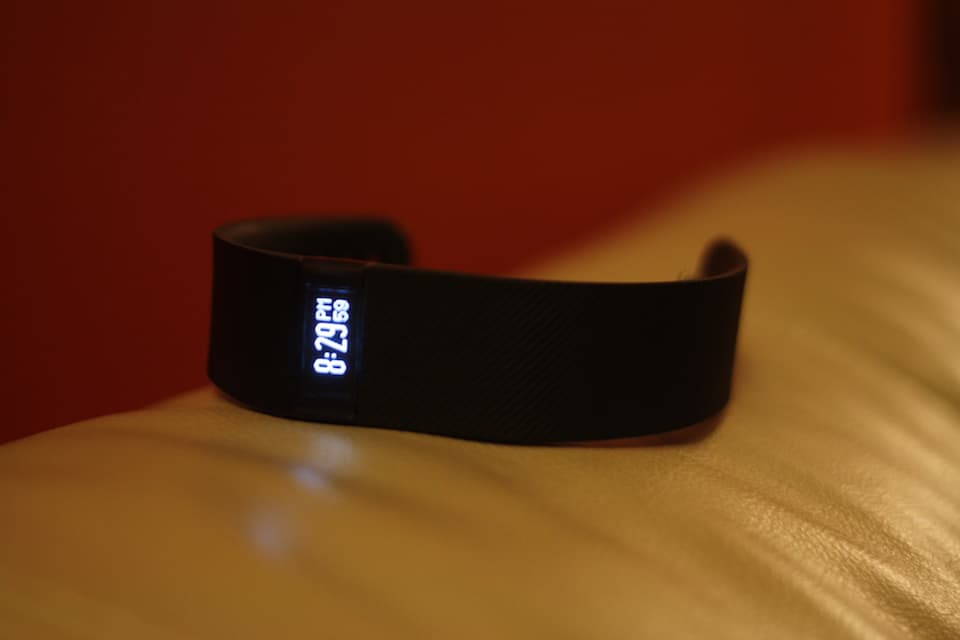Picture this: you are on a nice, relaxing run. The birds are chirping. The sun is shining, and you’ve got a steady stride in your step. With the wind in your hair and your blood pumping in your veins, you’re feeling pretty good about yourself. Look at you, jogging!
Suddenly, the Apple Watch your mom bought you for Christmas buzzes, and you are shocked at the graphs, numbers, and charts you see on the screen. You’ve been smacked in the face with the cold, hard facts — that was a pretty slow run. By any measure, you should not have felt so pleased with yourself. Well, who invented this gadget anyway, and who is it to tell you how to feel?
In the twentieth century, interest in personal fitness became a stubborn response to increasingly modern desk-and-chair workspaces. Thus, leisurely physical activities grew wildly popular as offices became more ubiquitously sedentary. The goal was to escape structure and mandated behaviour and to, according to Phys.org, “bolster the body and mind.” Books like Dudley Sargent’s Physical Education, published in 1906, pioneered the personal fitness movement.
People were willing to invest in their personal health, and this led to a fitness market boom in the ’70s and ’80s that adjacent leaps in personal technology made possible — cue Jane Fonda’s famous workout tapes for the videocassette recorder and an onslaught of stationary bikes and treadmills gracing gyms across the world.
But what are people really looking for with personal fitness? Unlike an athlete, the everyday gym-goer has the ability and autonomy to completely personalize their fitness experience. The next logical step in the evolution of fitness technology was obviously, then, to make it more personal than even at-home workouts and personal equipment. Thus, the smartwatch was born.
Products like the Fitbit, Garmin watches, and Apple Watch take the ‘personal’ in personal fitness to new extremes, tracking everything from GPS location, sleep patterns, heart rate, steps, and more. The smartwatch was watching.
But are these metrics actually useful? Personal fitness shouldn’t be about indoctrinating a healthy lifestyle with hard numbers and fixed targets to meet. If you’re not a competitive athlete training for very specific goals, the role of fitness in your life may not necessarily involve a tracker. After all, health and wellness is about how you feel, and perhaps not how fast you ran in the second kilometre of your run or how deeply you slept at 10:04 pm.
Yes, statistics can be useful. Numbers can act as motivating goals in workouts, for example. But the sheer plethora of information offered by these devices and accompanying apps can be confusing and overwhelming for the average exerciser, and perhaps unnecessary for the simple goal of a better, healthier lifestyle.
They may even play into obsessive and unhealthy tendencies like over-tracking steps and calories, an insidious issue that already damages many efforts to be healthier — not to mention the hefty price tag for each piece of tech, each promising to be integral to your success with your health and fitness goals.
I wonder if a return to simplicity would also mean a return to the joy of being active, saving it from the potential to become another daily deliverable. Call me old-fashioned, but maybe ditch the Apple Watch on your next run — you may find a childlike serendipity in the act of simply moving without monitors or timers. You never know what not knowing could do.


